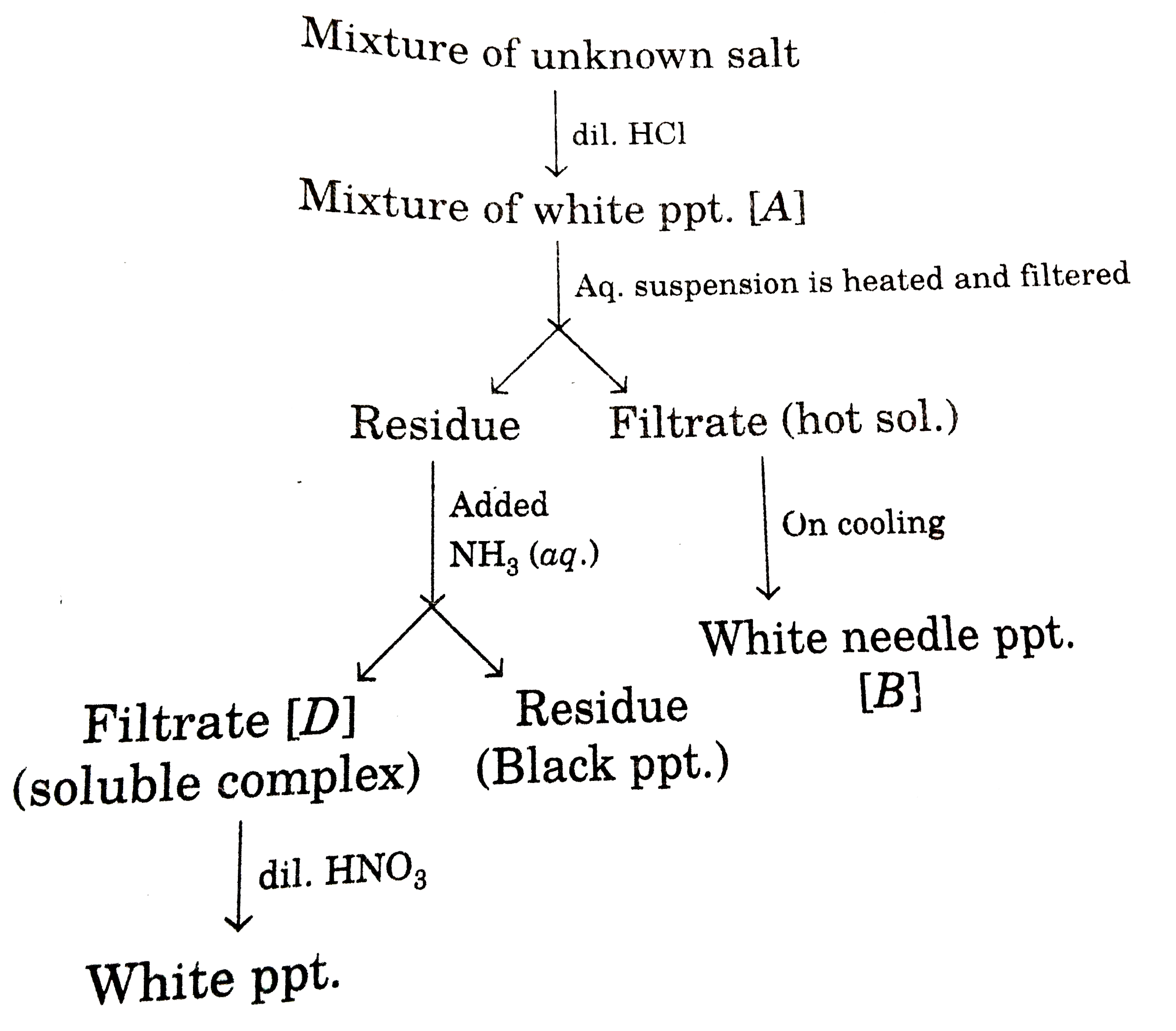Name two properties of the central metal ion which enable it to form stable complex entities.
To answer the question regarding the properties of the central metal ion that enable it to form stable complex entities, we can break down the solution into clear steps.
Step 1: Identify the Central Metal Ion
- The central metal ion in coordination compounds is typically a transition metal. Transition metals have unique properties that contribute to their ability to form stable complexes.
Step 2: Consider the Properties of the Central Metal Ion
- Two key properties of the central metal ion that enable it to form stable complex entities are:
1. Variable Oxidation States: Transition metals can exist in multiple oxidation states. This allows them to form complexes with different ligands and adapt to various coordination environments, enhancing stability.
2. High Charge Density: Transition metals often have a high positive charge and a relatively small ionic radius. This high charge density allows for strong electrostatic interactions with negatively charged ligands, leading to the formation of stable complexes.
Step 3: Summarize the Properties
- In summary, the two properties of the central metal ion that enable it to form stable complex entities are:
1. Variable oxidation states
2. High charge density
- The central metal ion in coordination compounds is typically a transition metal. Transition metals have unique properties that contribute to their ability to form stable complexes.
- Two key properties of the central metal ion that enable it to form stable complex entities are:
1. Variable Oxidation States: Transition metals can exist in multiple oxidation states. This allows them to form complexes with different ligands and adapt to various coordination environments, enhancing stability.
2. High Charge Density: Transition metals often have a high positive charge and a relatively small ionic radius. This high charge density allows for strong electrostatic interactions with negatively charged ligands, leading to the formation of stable complexes.
- In summary, the two properties of the central metal ion that enable it to form stable complex entities are:
1. Variable oxidation states
2. High charge density
Topper's Solved these Questions
- CORDINATION COMPOUNDSBOOK - PRADEEPCHAPTER - CORDINATION COMPOUNDSEXERCISE - Matching Type Question
5 Videos
- CORDINATION COMPOUNDSBOOK - PRADEEPCHAPTER - CORDINATION COMPOUNDSEXERCISE - Assertion And Reason Types Question
5 Videos
- CORDINATION COMPOUNDSBOOK - PRADEEPCHAPTER - CORDINATION COMPOUNDSEXERCISE - MCQ
190 Videos
- CHEMISTRY IN EVERYDAY LIFE BOOK - PRADEEPCHAPTER - CHEMISTRY IN EVERYDAY LIFE EXERCISE - IMPORTANT QUESTION FOR BOARD EXAMINATION
30 Videos
- D- AND F-BLOCK ELEMENTSBOOK - PRADEEPCHAPTER - D- AND F-BLOCK ELEMENTSEXERCISE - IMPORTANT QUESTIONS
30 Videos
Similar Questions
Knowledge Check
The most stable complex ion is :-
A[Fe(C2O4)3]3−B[Fe(H2O)6]+3C[Fe(CN)6]4−D[Fe(CN)6]3−The tendency of 3d-metal ions to form stable complexes is due to their
AVariable oxidation stateBStrong electronegative natureCHigh charge/size ratio and vacant d-orbitalsDVery low ionization energies
Co-ordination number of central metal ion in filtrate (soluble complex) 'D' is:A4B2C6D5
Central metal ion in complex compound acts as
View SolutionWhich of the given metal ion form high tendency to complex with CO ?
View SolutionWhich metal ion is likely to form a square planar complex ion with CN− ?
View SolutionOne of the characteristic of transition metals to from the complex ion is
View SolutionWhich of the following divalent metal ion form the most stable complexes ?
View Solution
